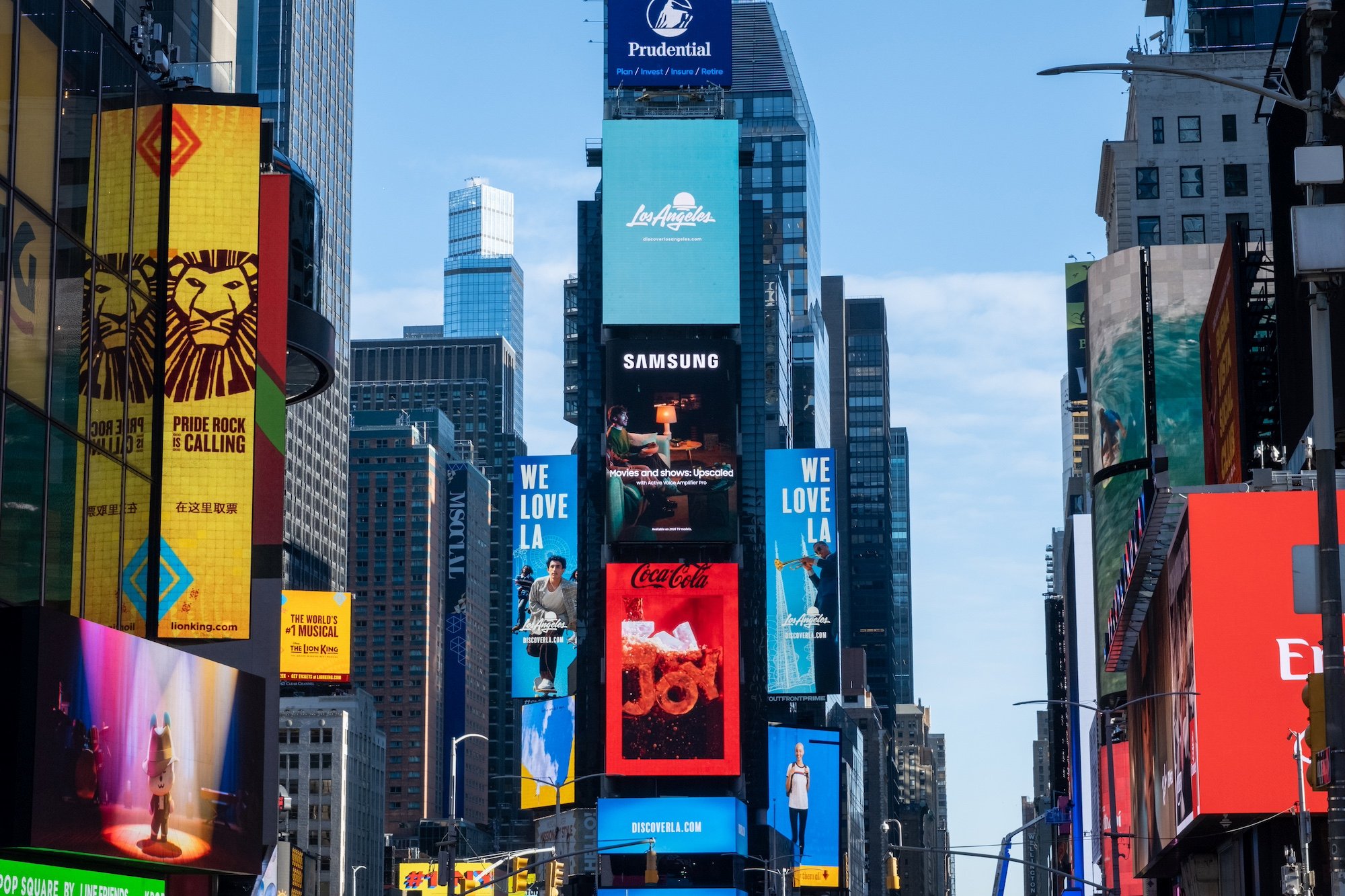Digital marketing automation has revolutionized the way businesses reach customers to market their products and services.
However, brands must carefully consider which marketing channels and processes to automate and which to manage more manually. Creative and messaging is often still left to people to create, while processes and functions requiring large amounts of data benefit from machine learning and automation. Finding the line between automated and manual (human) processes is the key to success.
Marketing Automation on Platforms
Many marketing platforms, such as Google Ads, implement automation as follows:
- They ask for campaign budgets and goals
- They then use algorithms to automate where and how much brands bid for ads
- To do so, their systems crunch data on hundreds of factors in real time (a process which would take a marketer so long to do manually that the opportunity to act on it would be long past)
- Google then provides optimization recommendations, many of which can be set to auto-apply
Fantastically helpful, right?
Not so fast!
We recently audited a new client’s ad accounts, and found auto-apply recommendations were overly broadly set. This resulted in keywords being added, paused, and negative terms being overwritten. It meant the client was in fact bidding on many terms they had specifically noted they did not want to bid on. So while most of the automation in the account was resulting in positive results, just one setting was undermining progress.
Automation as a tool, not a dictator
Knowing when to automate and what needs to be reviewed by a human are essential skills for modern digital marketers. Advancements in AI mean automation is here to stay, but it also means expert oversight is needed more than ever, to ensure goals and outcomes are tailored and specific to the needs of each brand and campaign.
Want to know more about our media and ad tech audits, and how we harness the strengths of automation while mitigating its risks? Get in touch here.



